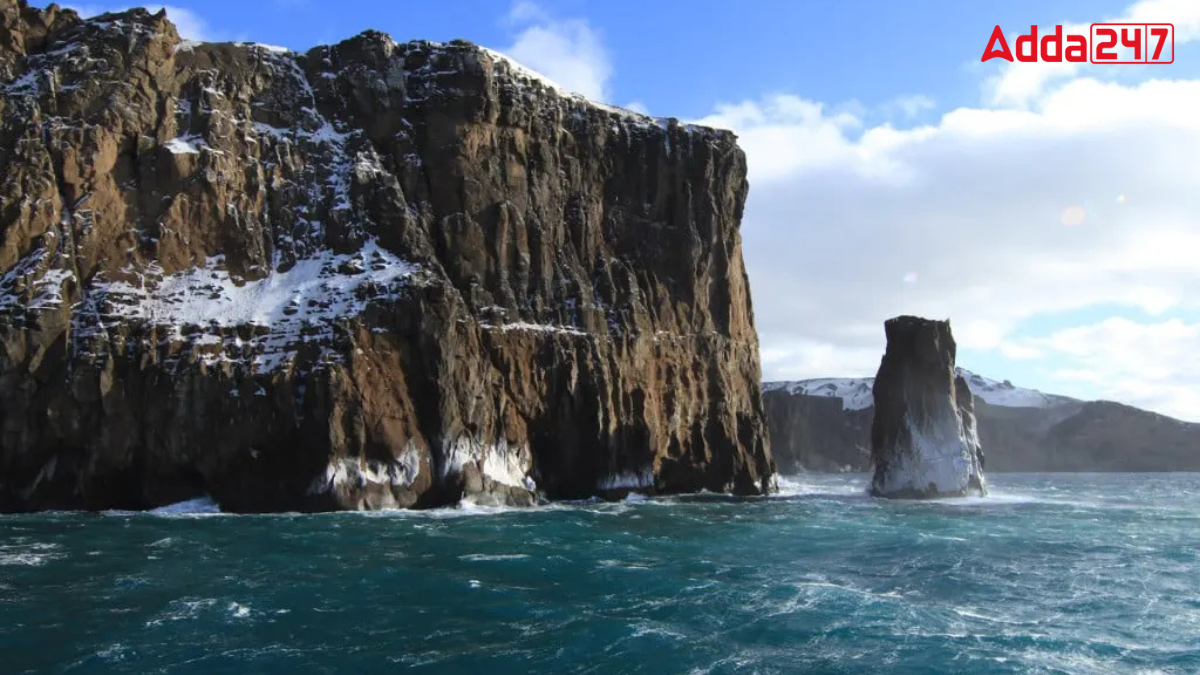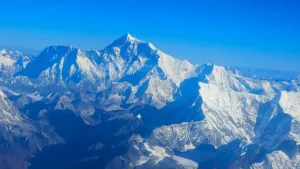Antarctica is the coldest and most remote continent on Earth. It is covered with thick ice and has many islands, some of which are very large. One island stands out as the biggest among them. This island is separated from the mainland by a narrow body of water and is mostly covered with ice. It has tall mountains, glaciers and a very cold climate. Let’s learn more about it.
Largest Island of Antarctica
Antarctica is the coldest and most remote continent, filled with many icy and snowy islands. The largest of these is Alexander Island, located in the Bellingshausen Sea and separated from the mainland by George VI Sound. Covered mostly in glaciers and tall mountains, it was once believed to be part of the mainland but was later found to be a separate island.
Location and Size of Alexander Island
Alexander Island is the largest island of Antarctica and the second-largest uninhabited island in the world, after Devon Island in Canada. It stretches about 390 kilometers (240 miles) long from north to south and varies in width from 80 kilometers (50 miles) in the north to 240 kilometers (150 miles) in the south. The George VI Ice Shelf connects Alexander Island to the Antarctica mainland.
Discovery and History of Alexander Island
Alexander Island was first discovered on January 28, 1821, by a Russian expedition led by Fabian Gottlieb von Bellingshausen. He named it Alexander I Land, after Tsar Alexander I of Russia. At first, explorers though it was part of the Antarctic mainland. In 1940, American explorers Finn Ronne and Carl Eklund confirmed that it was an island, not a part of the continent.
In 1908, the United Kingdom claimed the island as part of its Antarctic territory. Later, Chile (1940) and Argentina (1942) also made claims. However, under the Antarctic Treaty, claims are not officially recognized. Today, the British Fossil Bluff Base is used for meteorological studies and refueling in Antarctica.
Geography and Climate of Alexander Island
Alexander Island is mostly covered with thick ice. It has many mountain ranges, glaciers and ice-free areas called nunataks. Some important mountain ranges on the island include:
- Dougals Range
- Walton Mountains
- Lully Foothills
- Colbert Mountains
One of the special features of the island is Hodgson Lake, a former subglacial lake that has emerged after thousands of years of being covered by ice. This lake has been covered by perennial ice for more than 11,000 years.
Important Features on Alexander Island
- Brahms Inlet: A long, ice-filled inlet named after German composer Johannes Brahms.
- Harris Peninsula: A broad, snow-covered peninsula located on the southwest part of the island.
- Lyadov Glacier: A glacier named after Russian composer Anatoly Lyadov.
Geology and Formation of Alexander Island
Alexander Island was formed by tectonic activity over millions of years. It has sedimentary and volcanic rocks, showing signs of past geological movements. The island contains fossilized marine creatures, including ammonites, belemnites and bivalves, which suggest that the area was once under the sea.



 Rewind 2025: Innovations & Missions,...
Rewind 2025: Innovations & Missions,...
 Charaichung Royal Bird Sanctuary: Latest...
Charaichung Royal Bird Sanctuary: Latest...
 Which Mountain is Known as the Young Fol...
Which Mountain is Known as the Young Fol...







